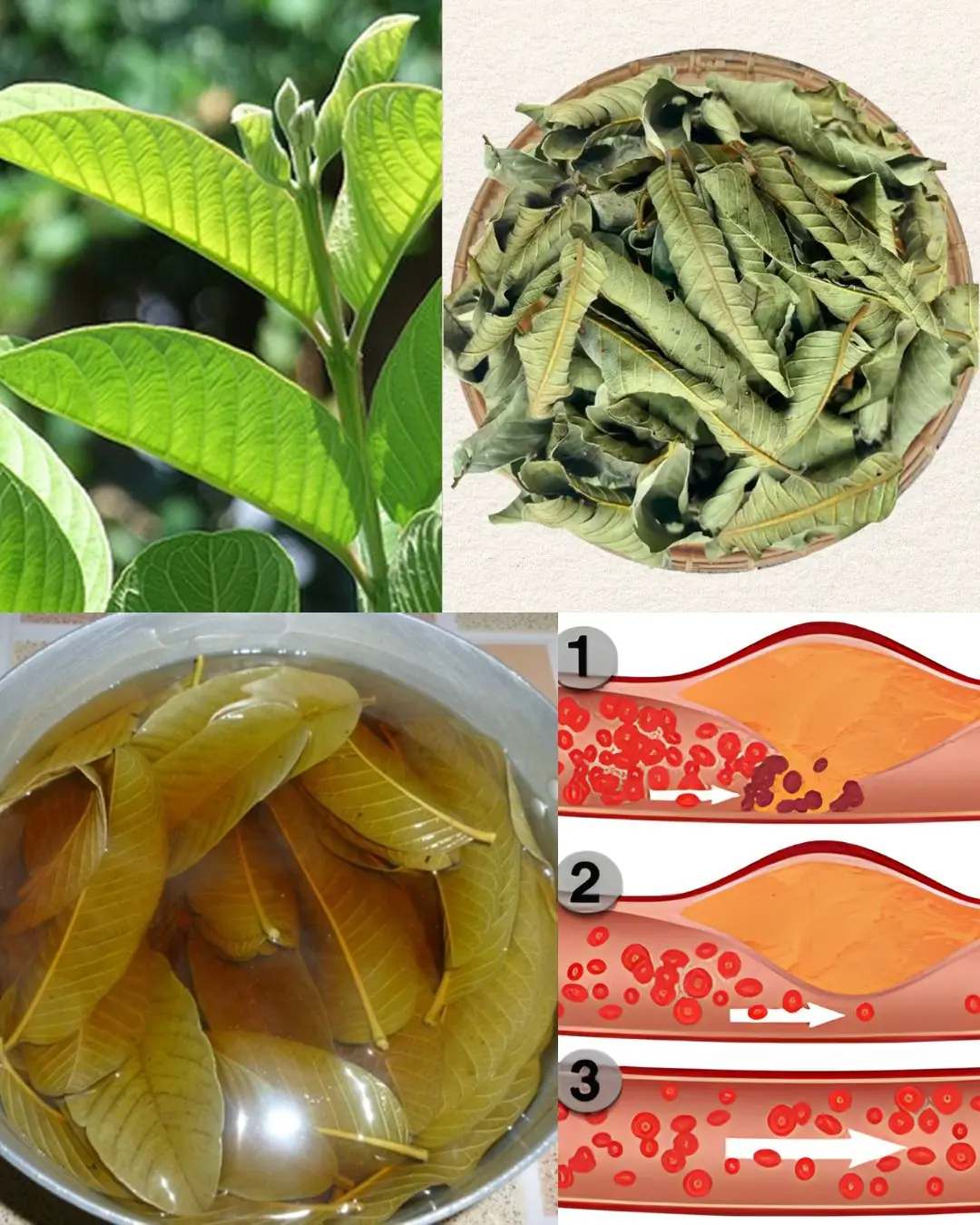
Fig Leaves: Surprising Benefits and Uses
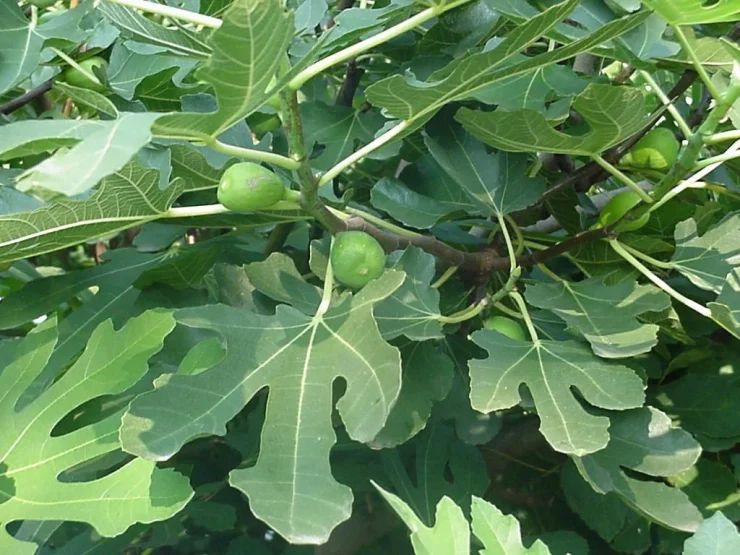
The Power of Fig Leaves: A Natural Remedy for Health and Wellness
The fig tree (Ficus carica) is widely known for its sweet and luscious fruit, but its leaves are equally remarkable, offering a wealth of health benefits and versatility. Used in traditional medicine for centuries, fig leaves are packed with essential nutrients and compounds that support overall well-being. From medicinal applications to culinary uses, fig leaves are a valuable yet often underutilized resource that can enhance your health in numerous ways.
Nutritional Profile of Fig Leaves
Fig leaves are a powerhouse of nutrients, providing:
-
Vitamins: Vitamin A, B1, and B2, which support skin health, energy production, and cellular repair.
-
Minerals: Calcium, magnesium, potassium, and phosphorus, all of which contribute to bone health and muscle function.
-
Dietary Fiber: Promotes digestive health and helps regulate blood sugar levels.
-
Antioxidants: Flavonoids, phenols, and alkaloids that protect against oxidative stress and inflammation.
Health Benefits of Fig Leaves
1. Regulates Blood Sugar Levels
Fig leaves are known to have antidiabetic properties. They help lower blood glucose levels by improving insulin sensitivity and reducing insulin resistance. Consuming fig leaf tea or extracts is a traditional remedy for managing diabetes and maintaining healthy blood sugar levels.
2. Supports Heart Health
-
Lowers Cholesterol: Compounds found in fig leaves help reduce LDL (bad cholesterol) levels, contributing to better cardiovascular health.
-
Regulates Blood Pressure: The potassium content in fig leaves helps balance sodium levels, promoting healthy blood pressure and reducing the risk of hypertension.
3. Improves Digestive Health
Fig leaves are high in fiber, making them an excellent choice for digestive health. They can:
-
Relieve constipation.
-
Soothe inflammation in the digestive tract.
-
Aid in managing conditions like irritable bowel syndrome (IBS) and improve overall gut function.
4. Anti-Inflammatory Properties
Fig leaves contain bioactive compounds that reduce inflammation in the body, making them effective for managing conditions such as arthritis, joint pain, and other inflammatory issues.
5. Promotes Weight Management
Regular consumption of fig leaf tea can support weight loss by improving metabolism and reducing fat accumulation. It is a natural way to support healthy weight management.
6. Boosts Skin Health
The antioxidants in fig leaves protect the skin from oxidative stress, reducing the appearance of signs of aging like wrinkles and fine lines. Their anti-inflammatory properties also help treat skin conditions such as eczema, psoriasis, and acne.
7. Respiratory Relief
Fig leaves have been traditionally used to alleviate respiratory conditions such as bronchitis and asthma. Inhaling steam from boiled fig leaves can help clear airways and reduce mucus buildup, offering relief from congestion.
8. Enhances Bone Health
The calcium and potassium in fig leaves strengthen bones and help prevent conditions like osteoporosis. They support bone health, making them a valuable addition to a diet focused on maintaining a healthy skeletal system.
Culinary Uses of Fig Leaves
-
Fig Leaf Tea:
Boil a few fresh or dried fig leaves in water for 5-10 minutes to create a soothing herbal tea. This tea serves as a natural remedy for diabetes, digestive health, and relaxation. -
Food Wrapping:
Similar to grape leaves, fig leaves can be used to wrap food. They impart a subtle nutty, coconut-like flavor when steamed or baked with ingredients like fish, rice, or meats. -
Flavor Enhancer:
Infuse fig leaves into milk or cream to add a unique, aromatic flavor to desserts like custards, ice cream, and panna cotta. -
Cooking Oil Infusion:
Add fig leaves to olive oil for a flavorful dressing or marinade, perfect for salads or roasted vegetables.
Traditional and Medicinal Uses
Topical Applications
-
Wounds and Cuts: Fig leaves or their extract can be applied to speed up healing and prevent infections.
-
Skin Conditions: They soothe inflamed or itchy skin, particularly in cases of eczema or insect bites.
Hair Care
Fig leaf extracts are used in natural hair treatments to promote scalp health and reduce dandruff.
Detoxification
Fig leaf decoctions help flush out toxins from the liver and kidneys, supporting detoxification and promoting overall health.
How to Prepare Fig Leaves for Use
-
Drying:
Wash fresh fig leaves thoroughly, then dry them in a shaded area. Once dry, crush them into powder for teas or poultices. -
Extracts and Oils:
Boil fig leaves to create a concentrated extract, which can be used for both internal and external applications. -
Culinary Preparation:
Use fresh leaves for wrapping food or as a flavor enhancer in recipes.
Precautions When Using Fig Leaves
-
Latex Sensitivity:
Fig leaves produce a milky sap (latex) that may irritate the skin or cause allergic reactions in some individuals. Always wash hands after handling fig leaves. -
Dosage:
Overconsumption of fig leaf tea or supplements may lead to gastrointestinal upset. Stick to recommended amounts. -
Pregnancy and Breastfeeding:
Consult with a healthcare provider before using fig leaves during pregnancy or while breastfeeding to ensure safety.
Growing and Harvesting Fig Leaves
Fig trees are relatively easy to grow and thrive in warm, sunny climates. If you have access to a fig tree:
-
Harvest: Pick mature leaves that are vibrant green and healthy.
-
Storage: Store fresh leaves in the refrigerator or dry them for long-term use.
Conclusion
Fig leaves are a versatile, nutrient-rich natural remedy with a wide range of health and culinary applications. Whether used in tea, as a food wrap, or applied topically to the skin, fig leaves can significantly enhance your health and provide unique flavors to your dishes. With proper preparation and mindful use, fig leaves can become a valuable addition to your health and lifestyle toolkit.
News in the same category

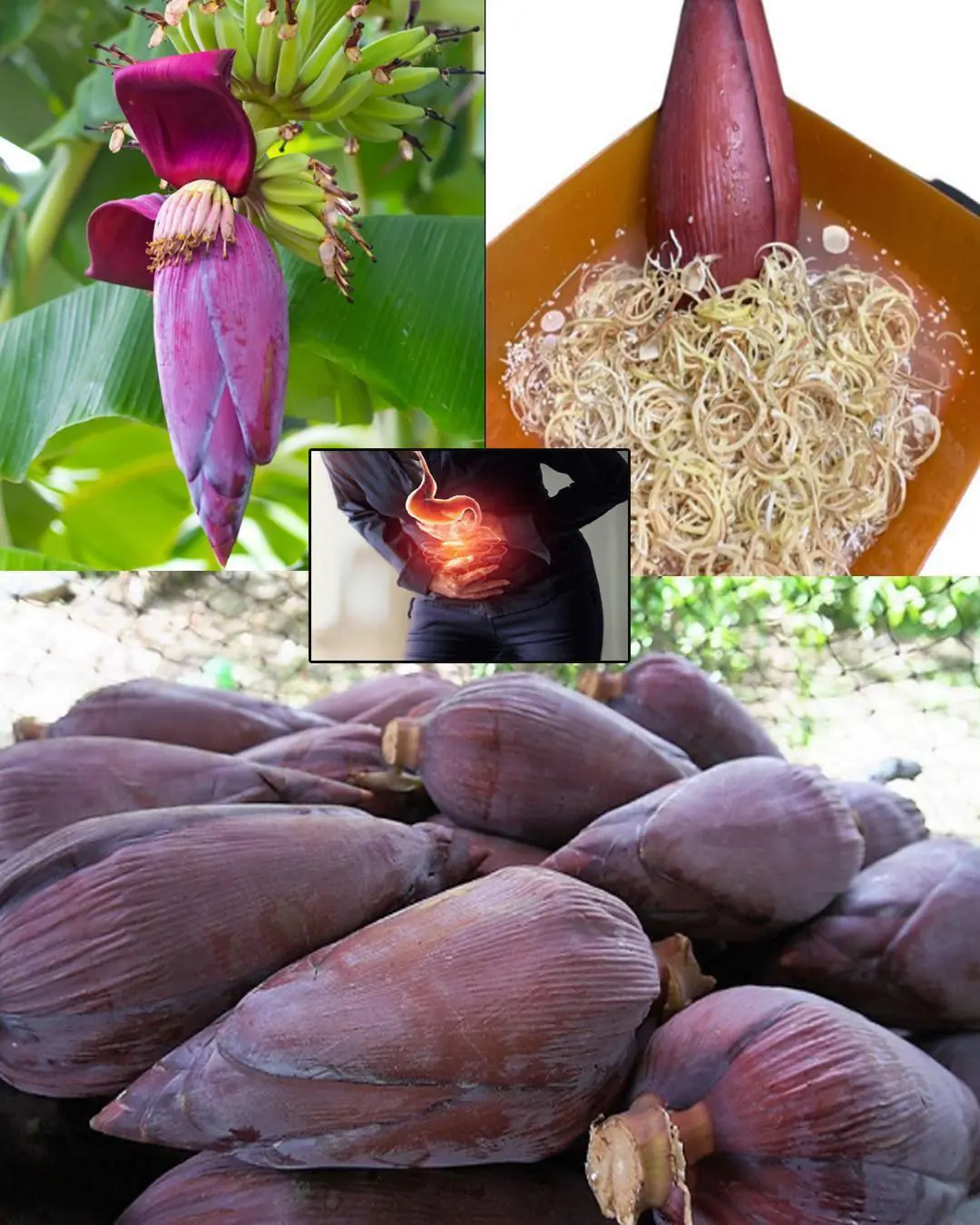
Banana Blossom: Health Benefits, Recipes, and Uses
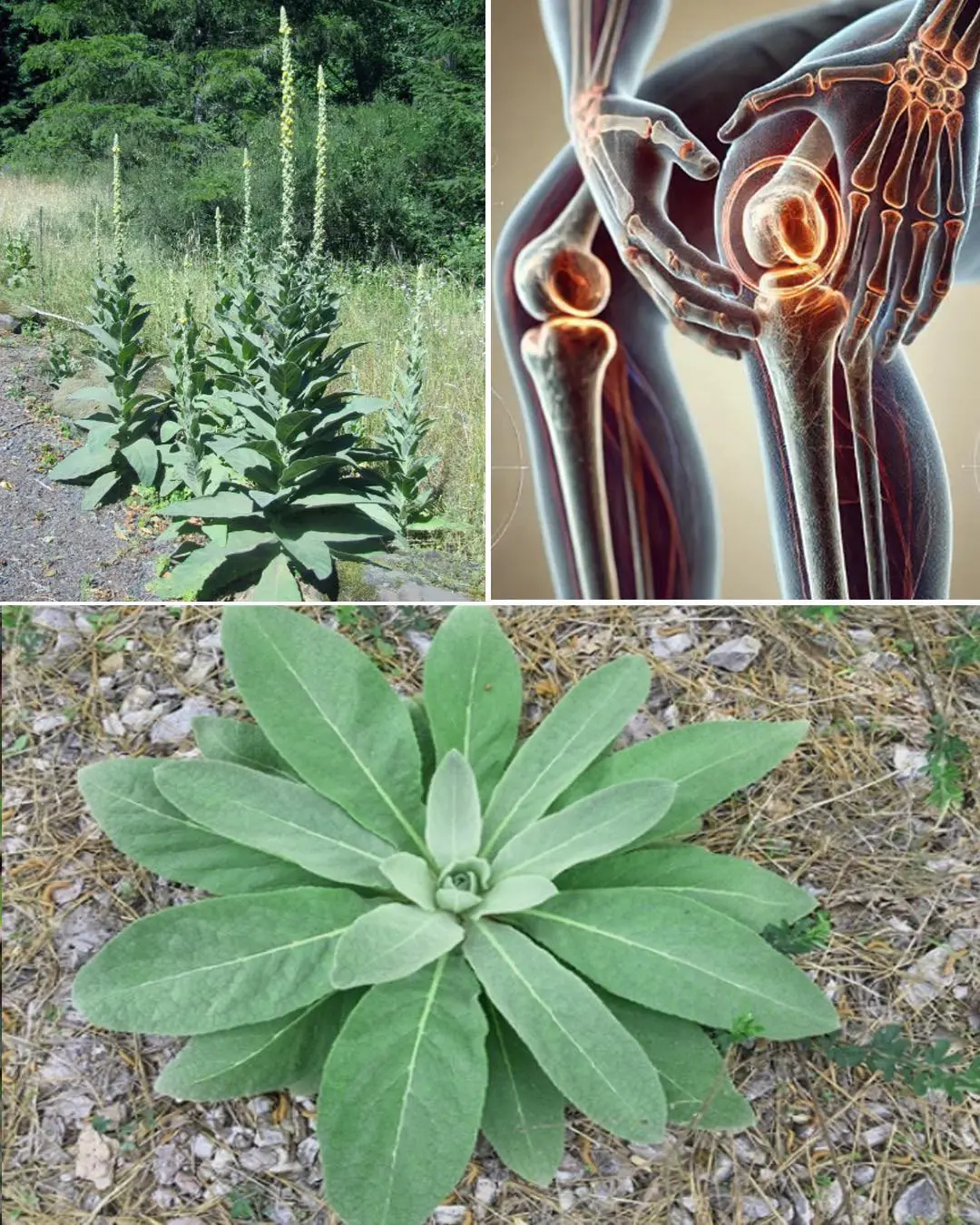
Common Mullein: Benefits and Uses of Nature’s Versatile Herb

Inner Vitality Elixir: Benefits of Uda Seeds, Lemon, Aidan Fruit, and Ginger for Women’s Health
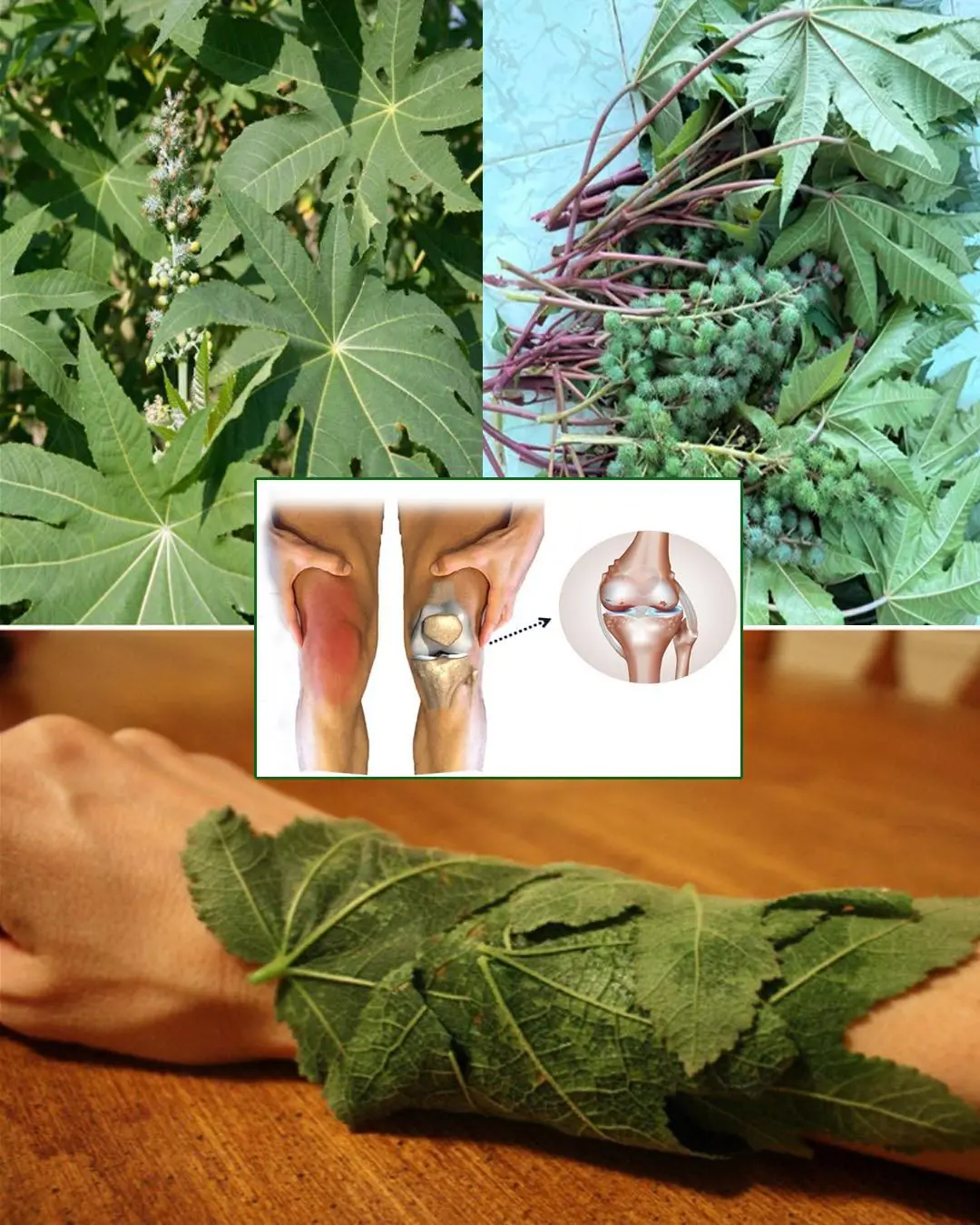
Some of the Benefits of Castor Leaves and the Seed
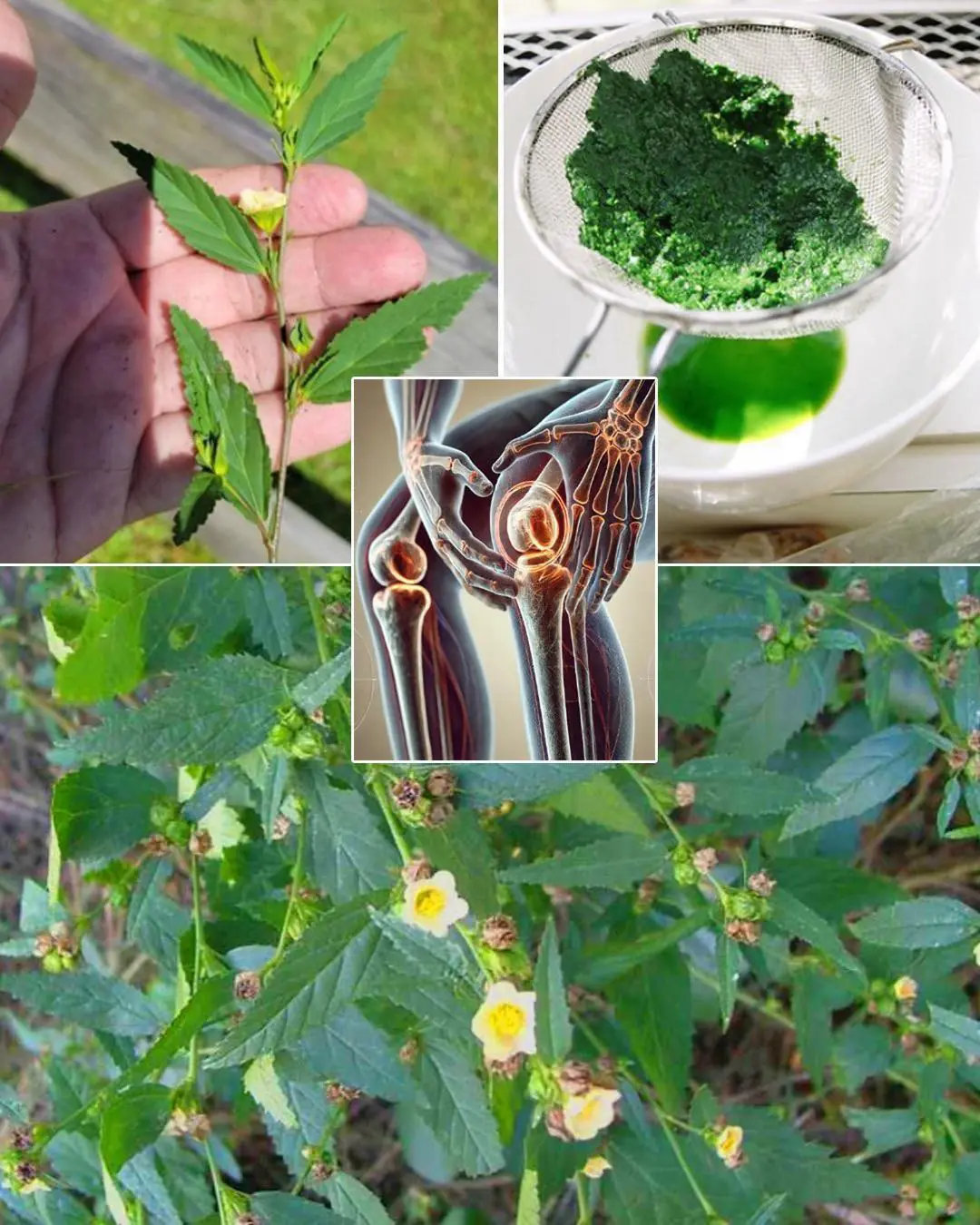
The Versatile Uses of Stubborn Grass
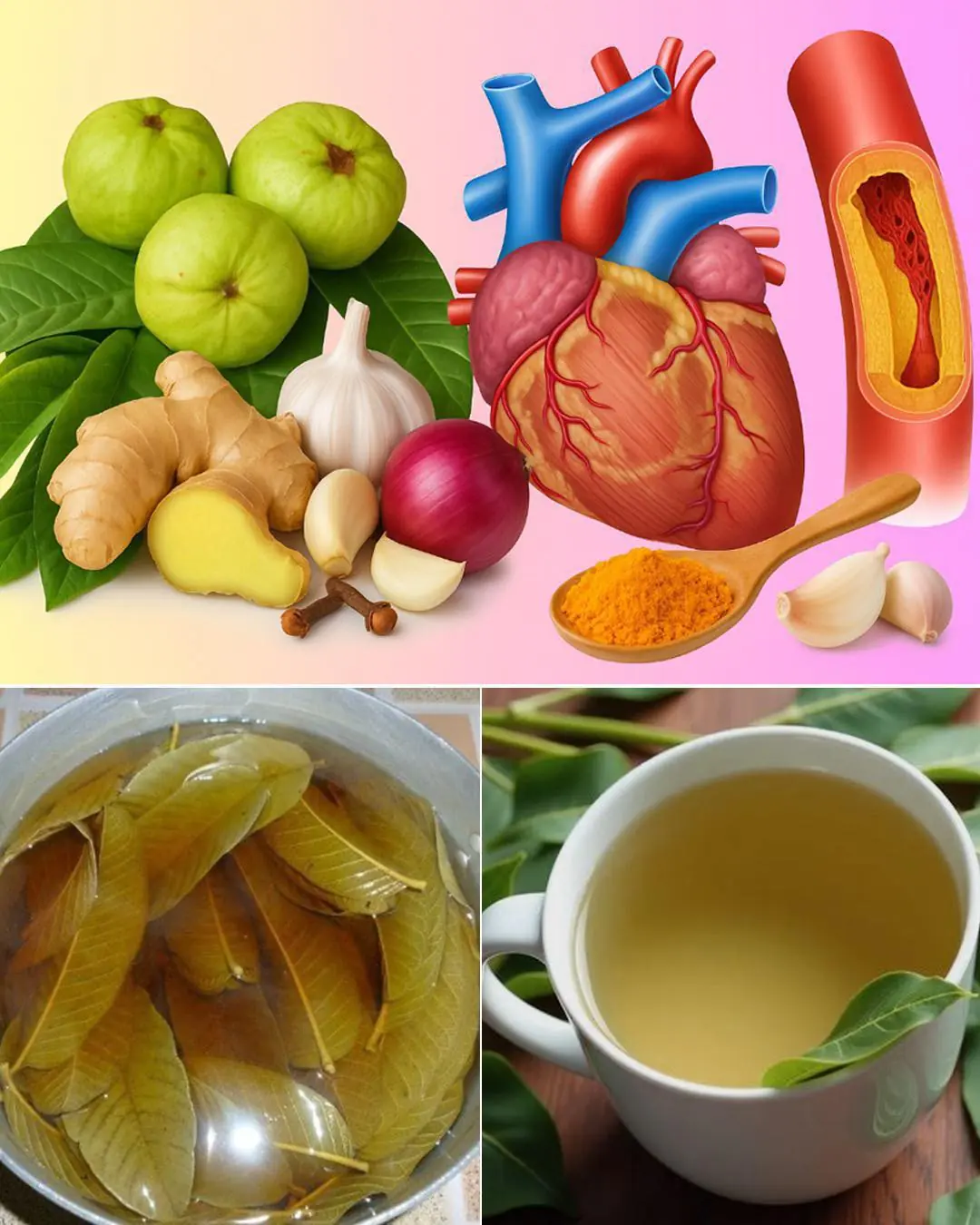
The Best Tea for Mornings and After Dinner: A Powerful Blend for Health
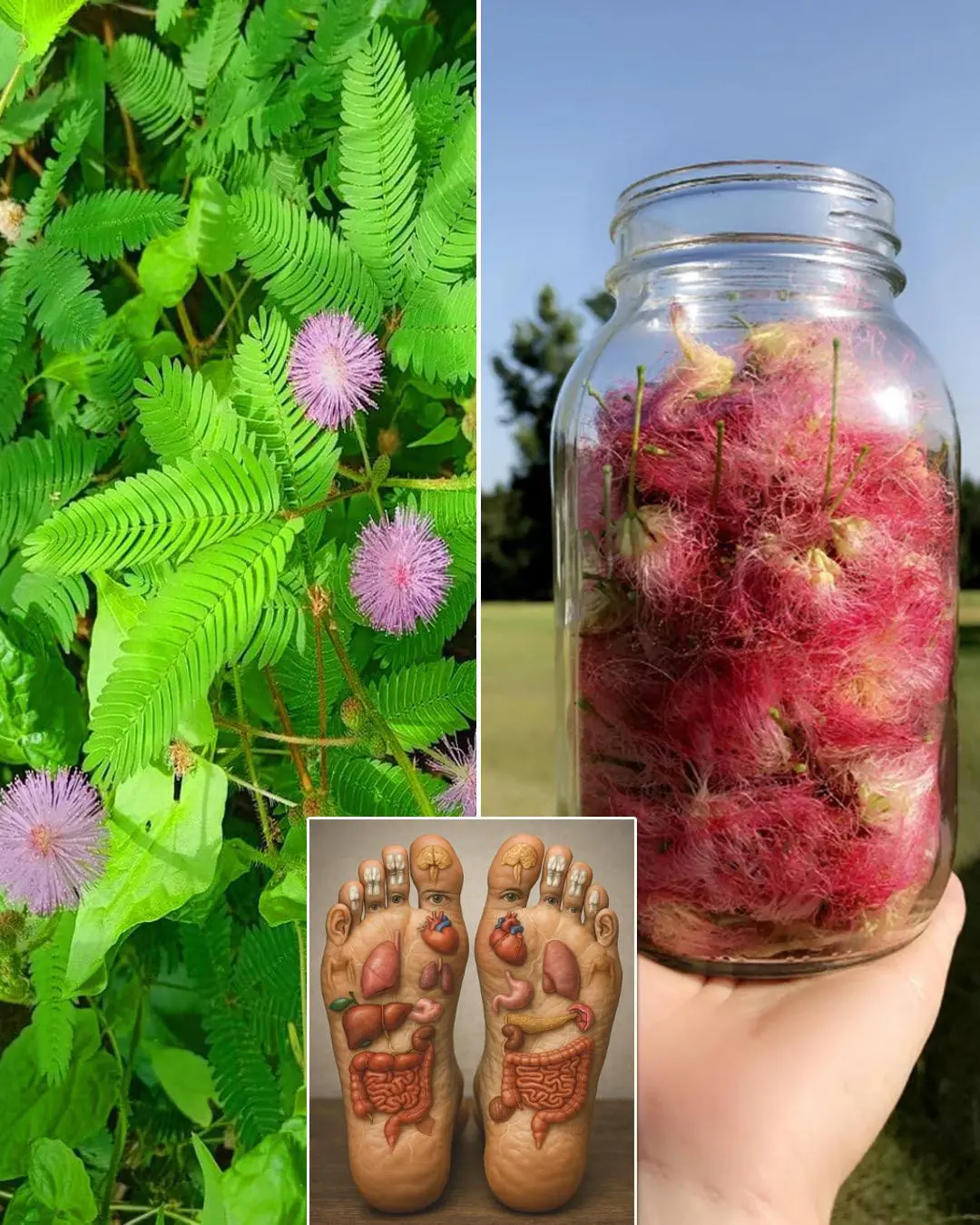
Mimosa Pudica Tea: How to Prepare and Health Benefits
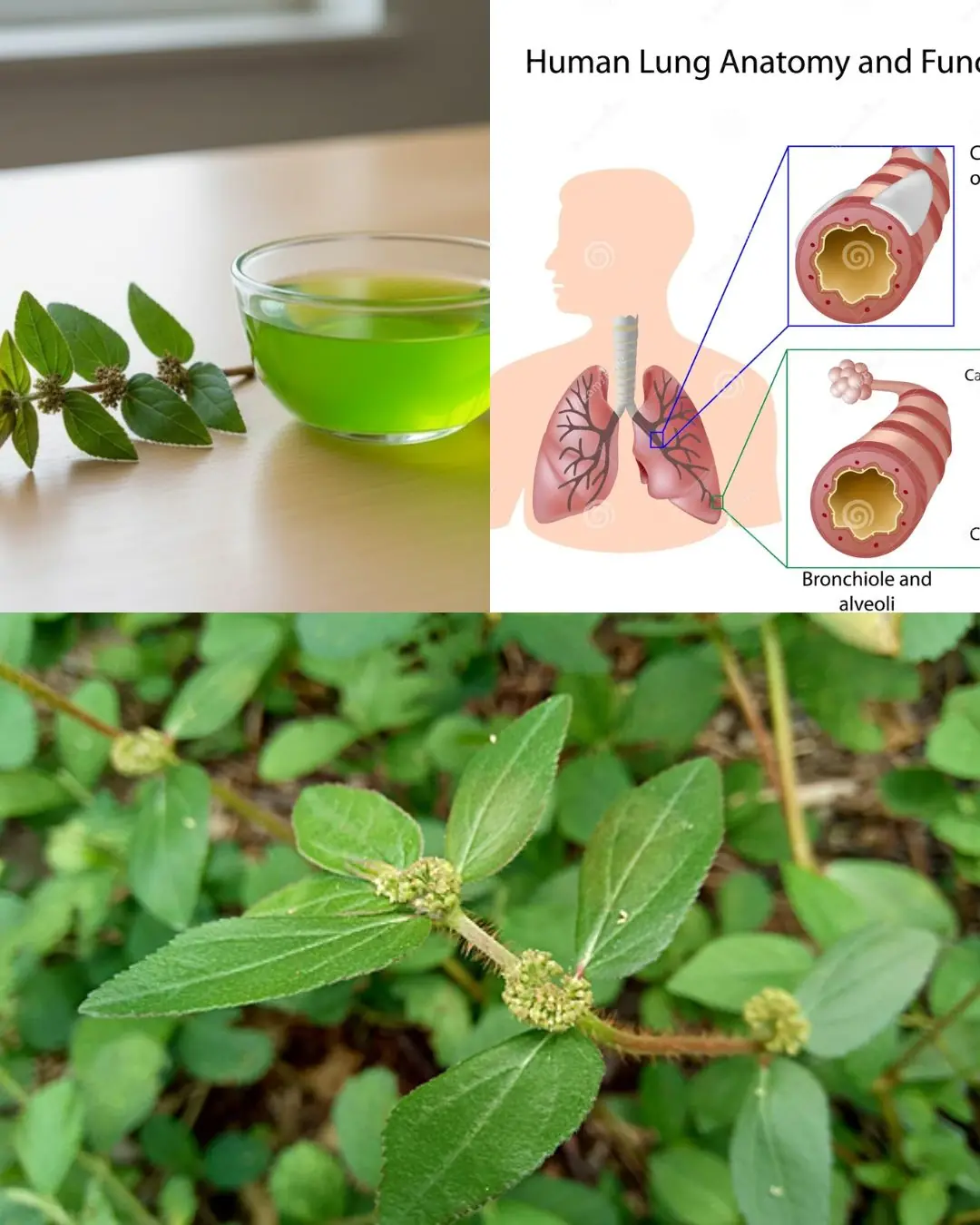
Euphorbia Hirta (Asthma-plant): Traditional Uses and Applications
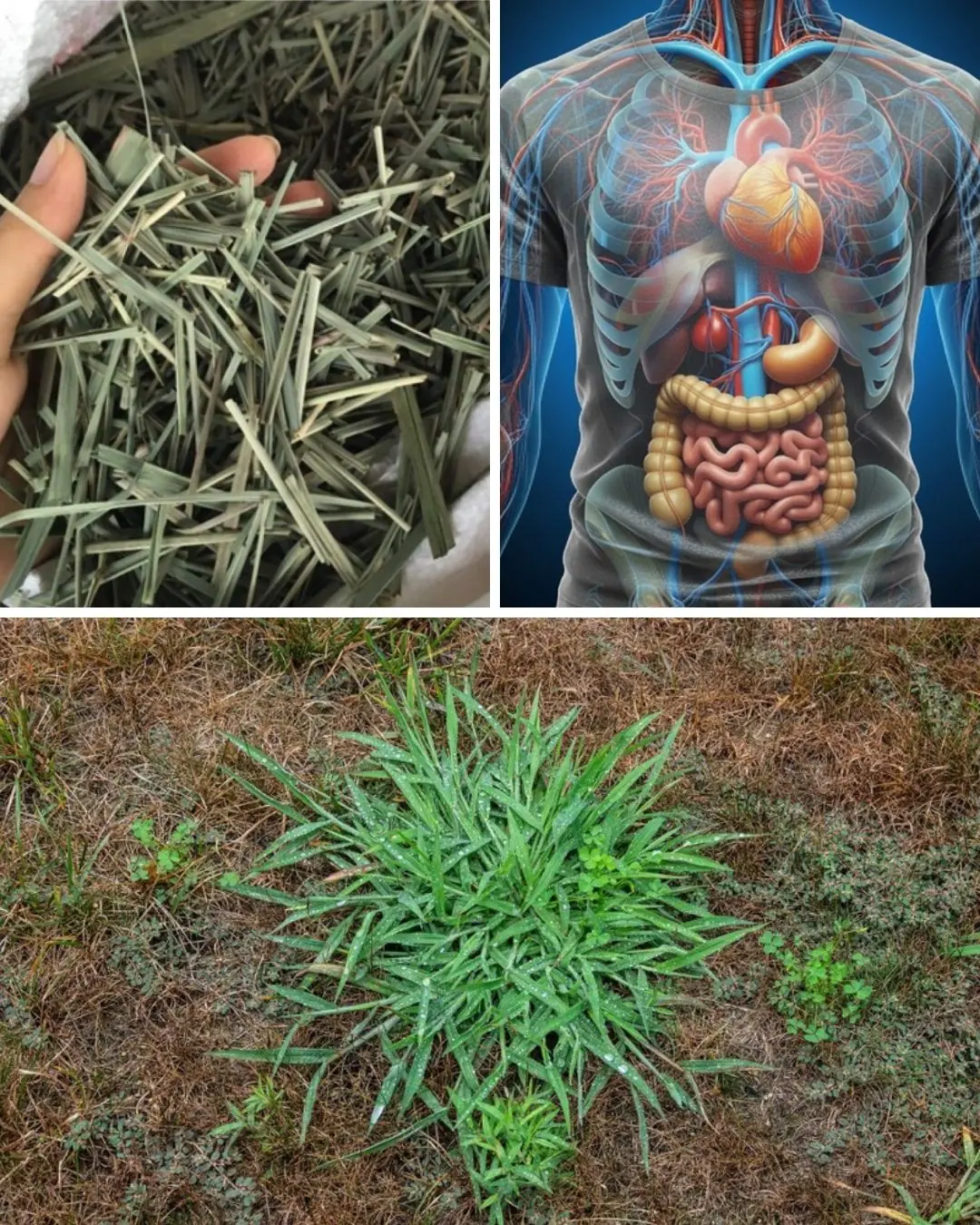
Harnessing the Power of Goose Grass: A Guide to Its Preparation and Therapeutic Uses
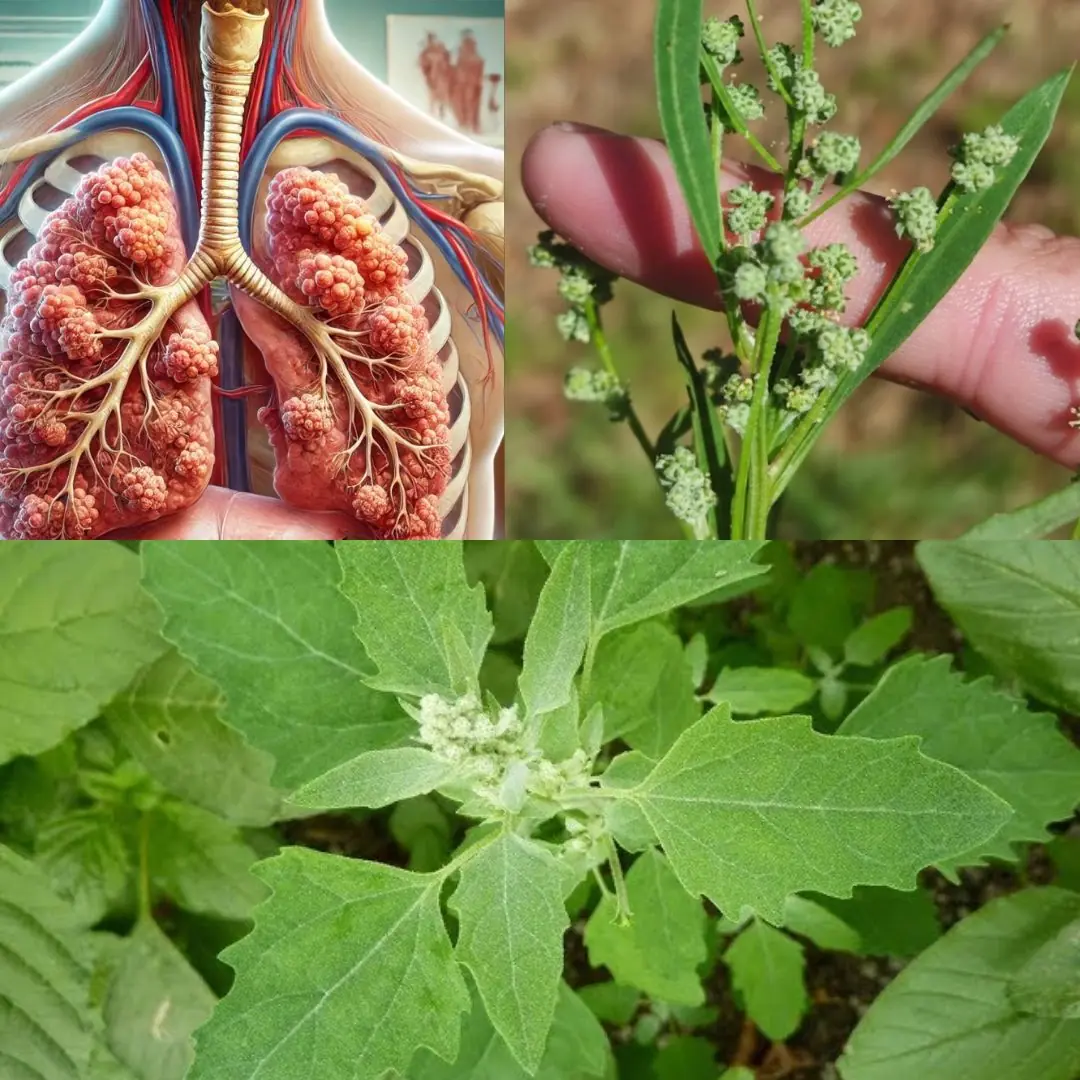
Lamb’s Quarters/Wild Spinach: The Underestimated Superfood with Maximum Health Benefits
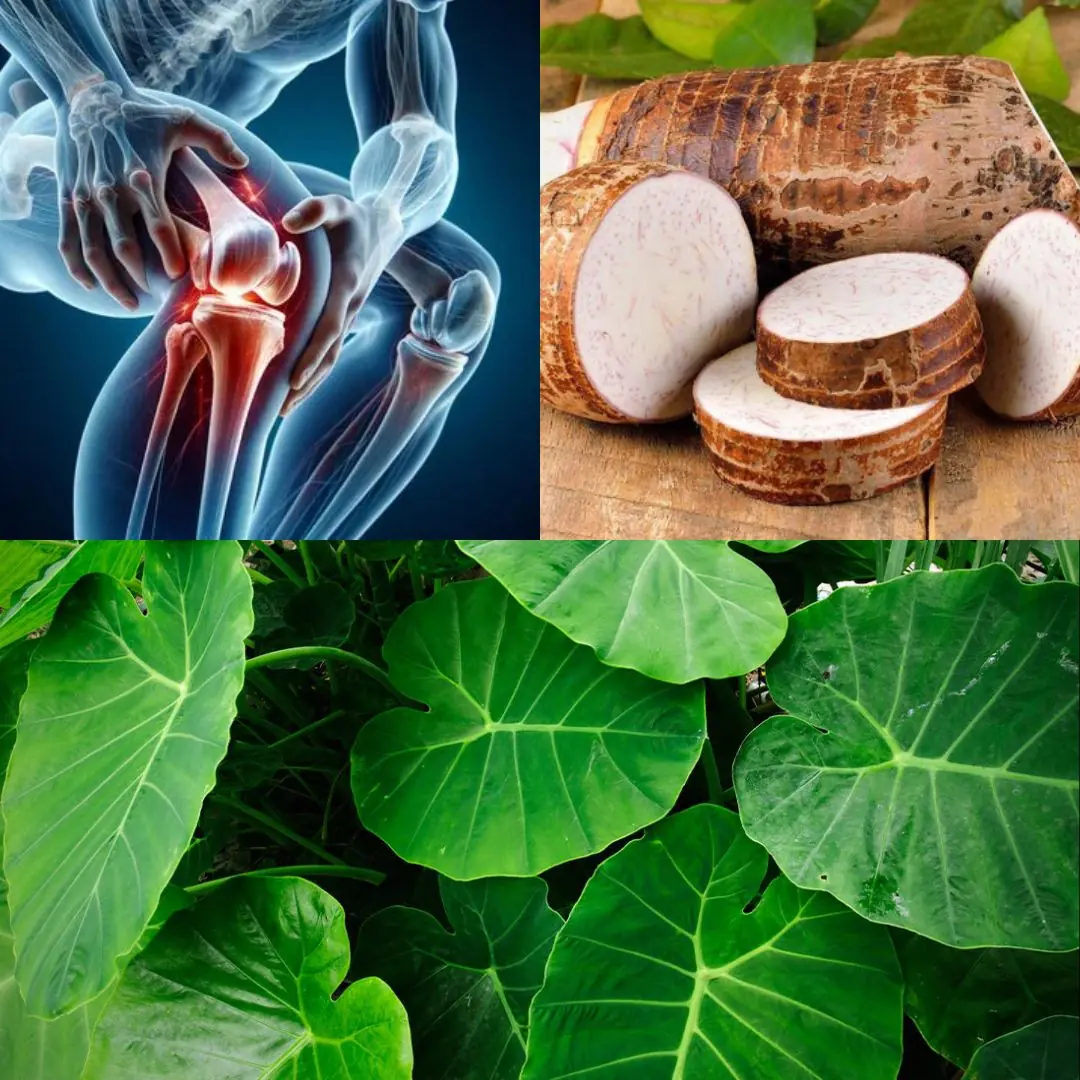
Taro Root: The Ancient Superfood Transforming Health and Sustainability

Men’s Vitality Tonic: The Bold Health Boost from Ginger and Pineapple
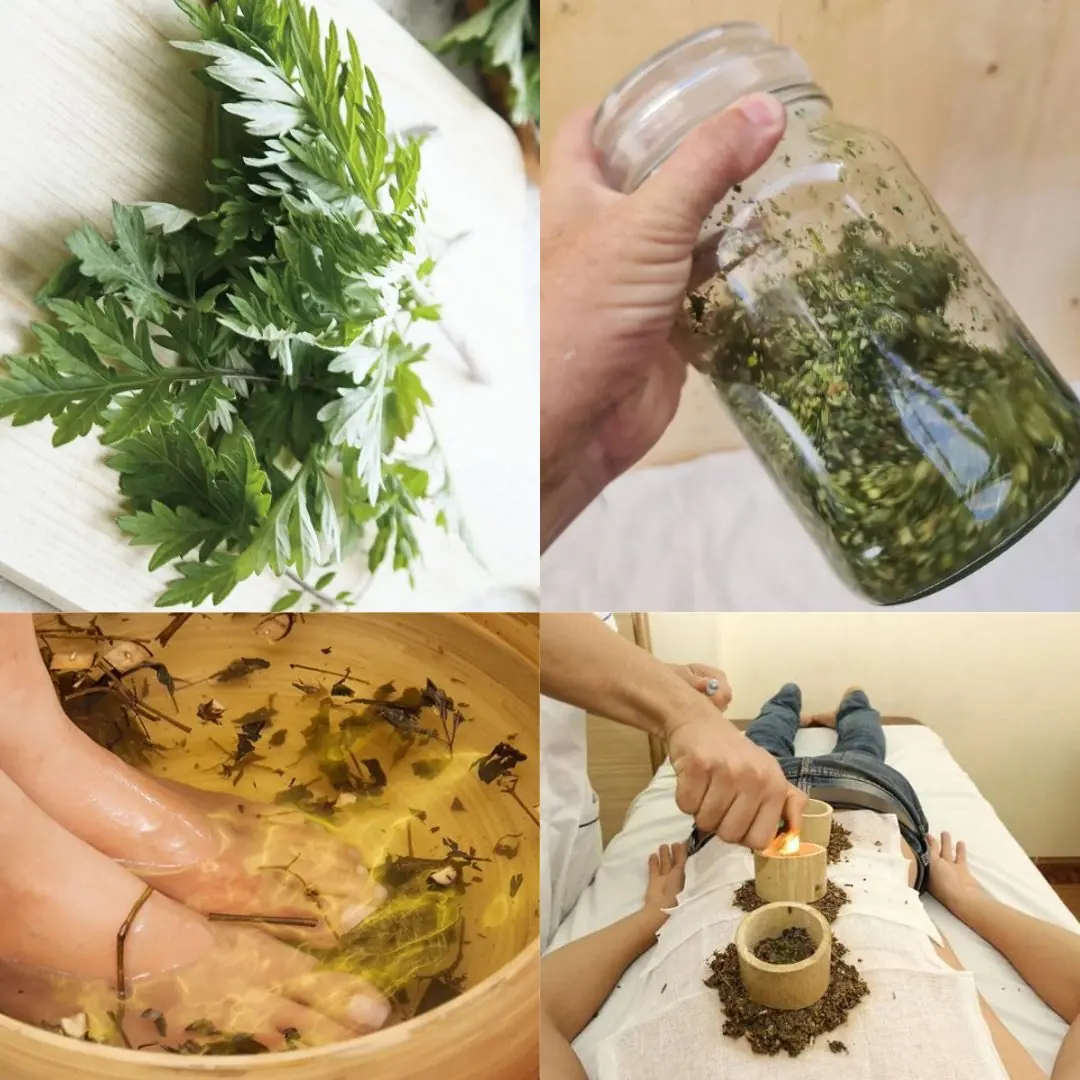
Mugwort Plant: Benefits, Properties, and Uses
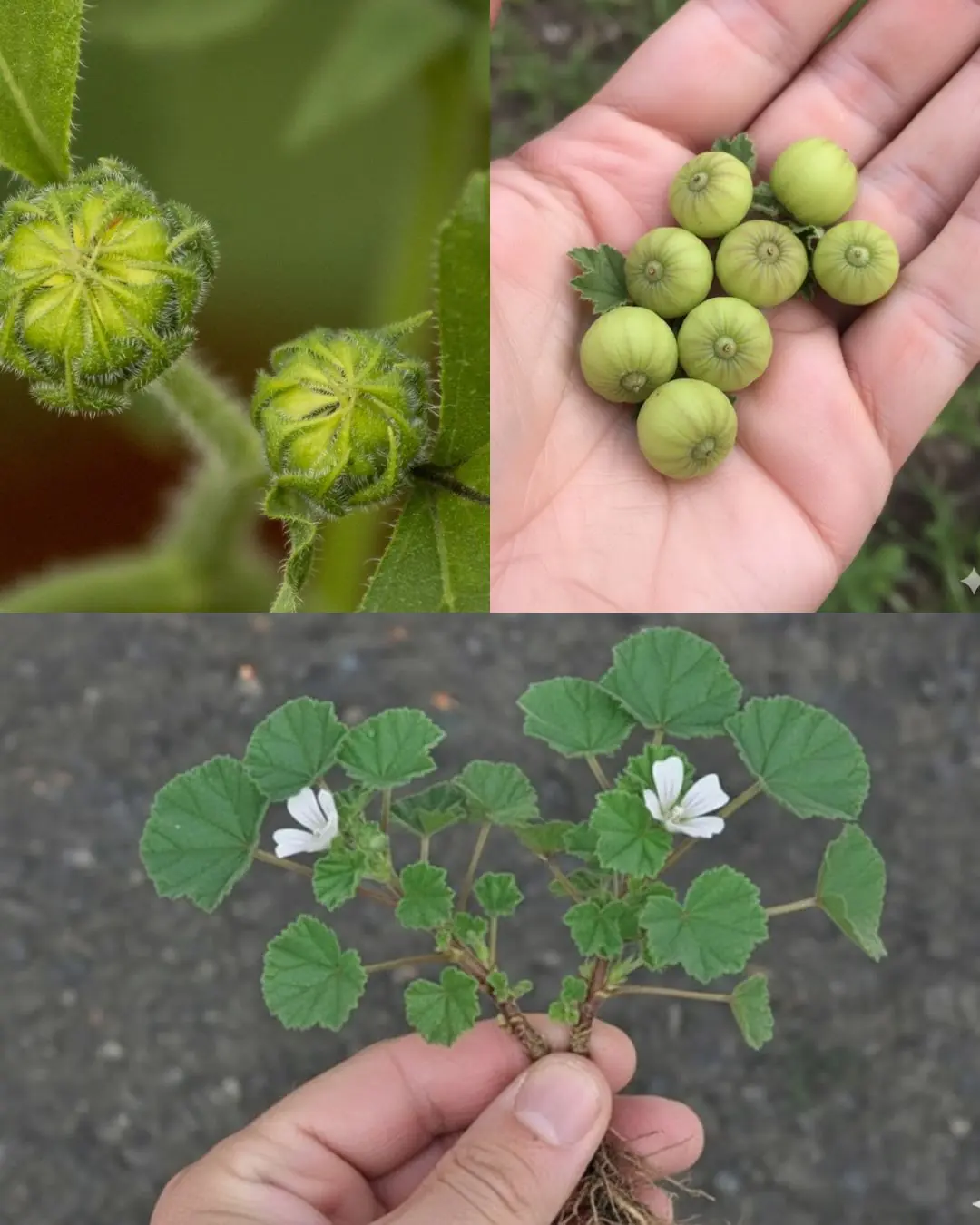
Unveiling the Green Marvel: The Top 10 Health Benefits of Common Mallow Leaves

Goldenberries (Physalis peruviana): A Nutrient-Packed Powerhouse for Health and Vision
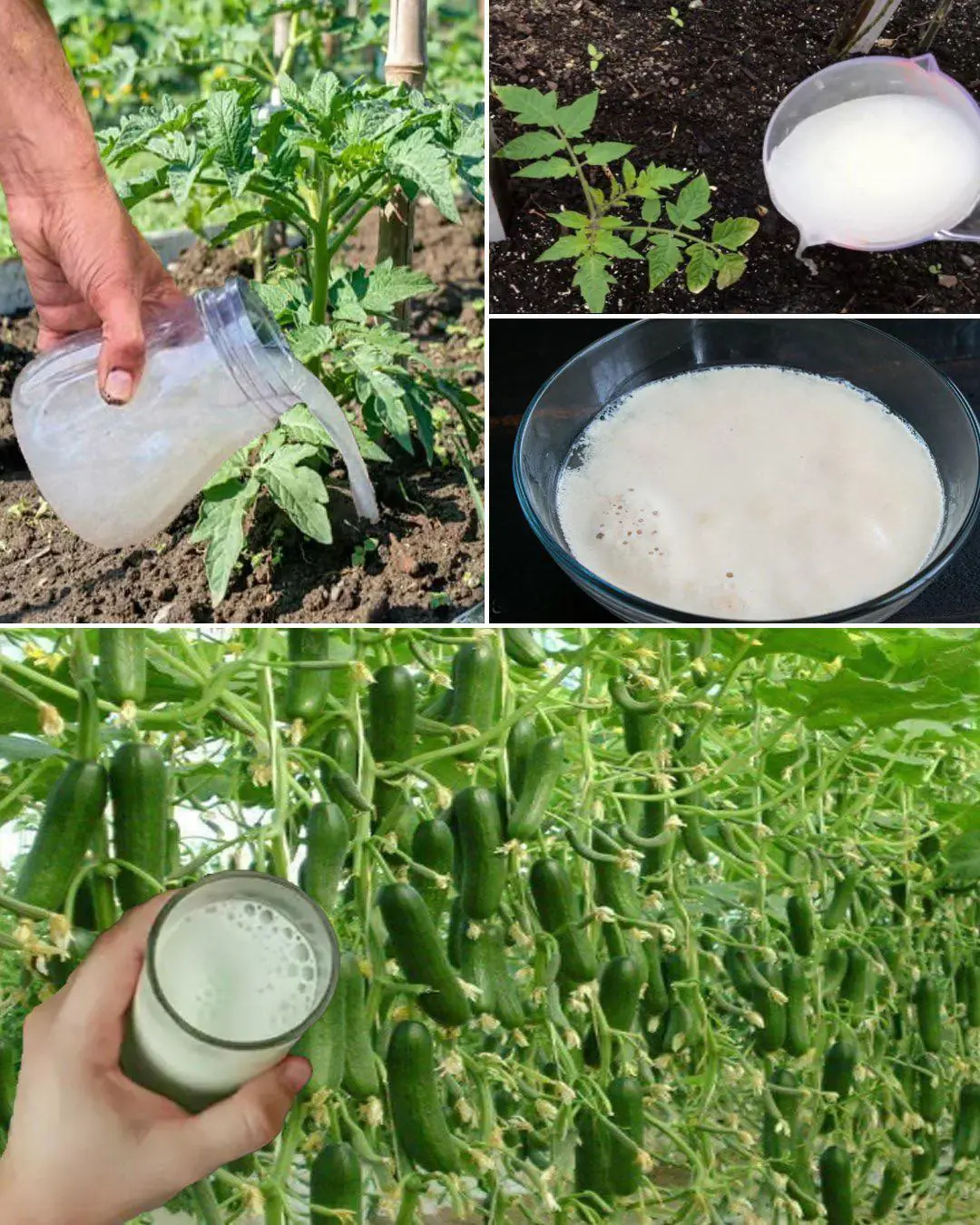
Garlic, tomatoes and cucumbers will grow rapidly. The most powerful fertilizer.
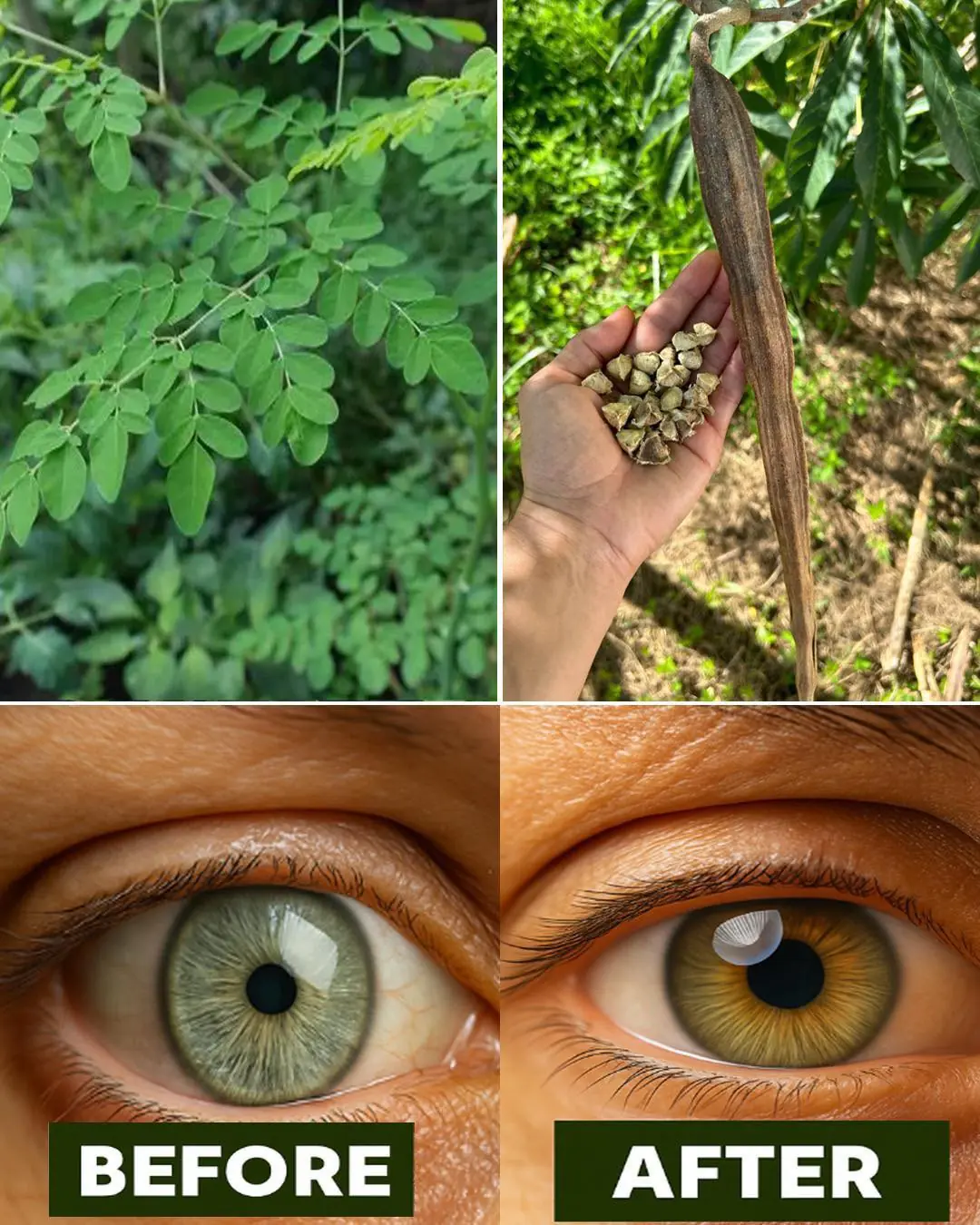
12 Powerful Benefits of Moringa Seeds
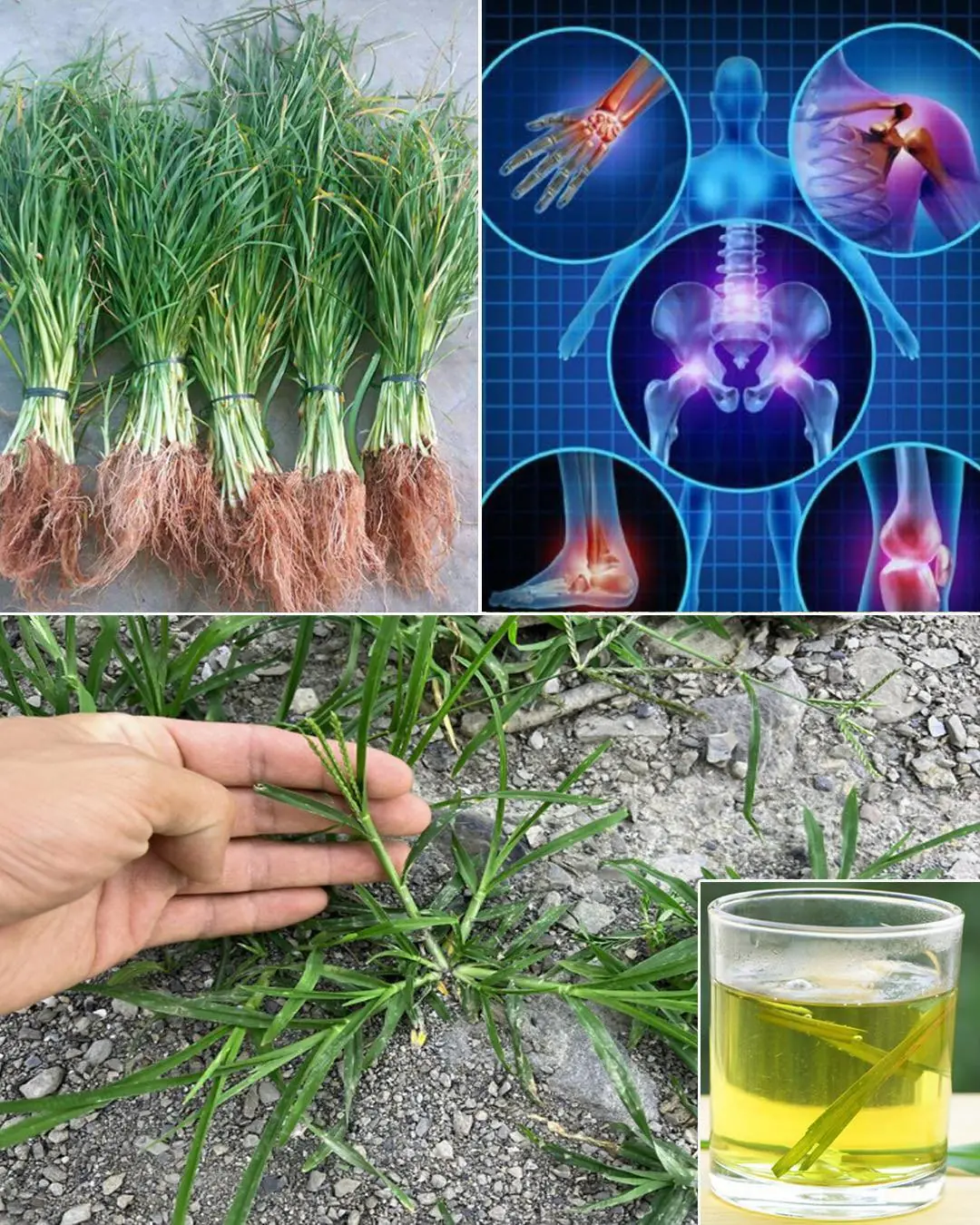
25 Incredible Health Benefits of Goosegrass
News Post

Lemon Seeds Can Save a Snakebite Victim Within Just One Minute If Used This Way

Why Keeping A Lemon In Your Bedroom Is A Great Idea

Put salt in your toilet. Here's why. This is something plumbers will never tell you

Guava Leaves for Blood Sugar Control: Nature’s Gift for Diabetics

Banana Blossom: Health Benefits, Recipes, and Uses

Common Mullein: Benefits and Uses of Nature’s Versatile Herb

Inner Vitality Elixir: Benefits of Uda Seeds, Lemon, Aidan Fruit, and Ginger for Women’s Health

When Checking Out of a Hotel, Don’t Fold the Bedding—Not Knowing This Will Only Cause Trouble

Some of the Benefits of Castor Leaves and the Seed

The Versatile Uses of Stubborn Grass

Pour Beer into Table Salt to Solve Many Household Problems – Wish I Knew This Trick Sooner!

The Best Tea for Mornings and After Dinner: A Powerful Blend for Health

Mimosa Pudica Tea: How to Prepare and Health Benefits

If you have this plant in your garden, don’t cut it down – it’s incredibly valuable!

Euphorbia Hirta (Asthma-plant): Traditional Uses and Applications

Harnessing the Power of Goose Grass: A Guide to Its Preparation and Therapeutic Uses

The water pipe is clogged, do this way to solve it easily, no need to call a plumber

Woman Left with Swollen Lip After Centipede Bites Her in Sleep
